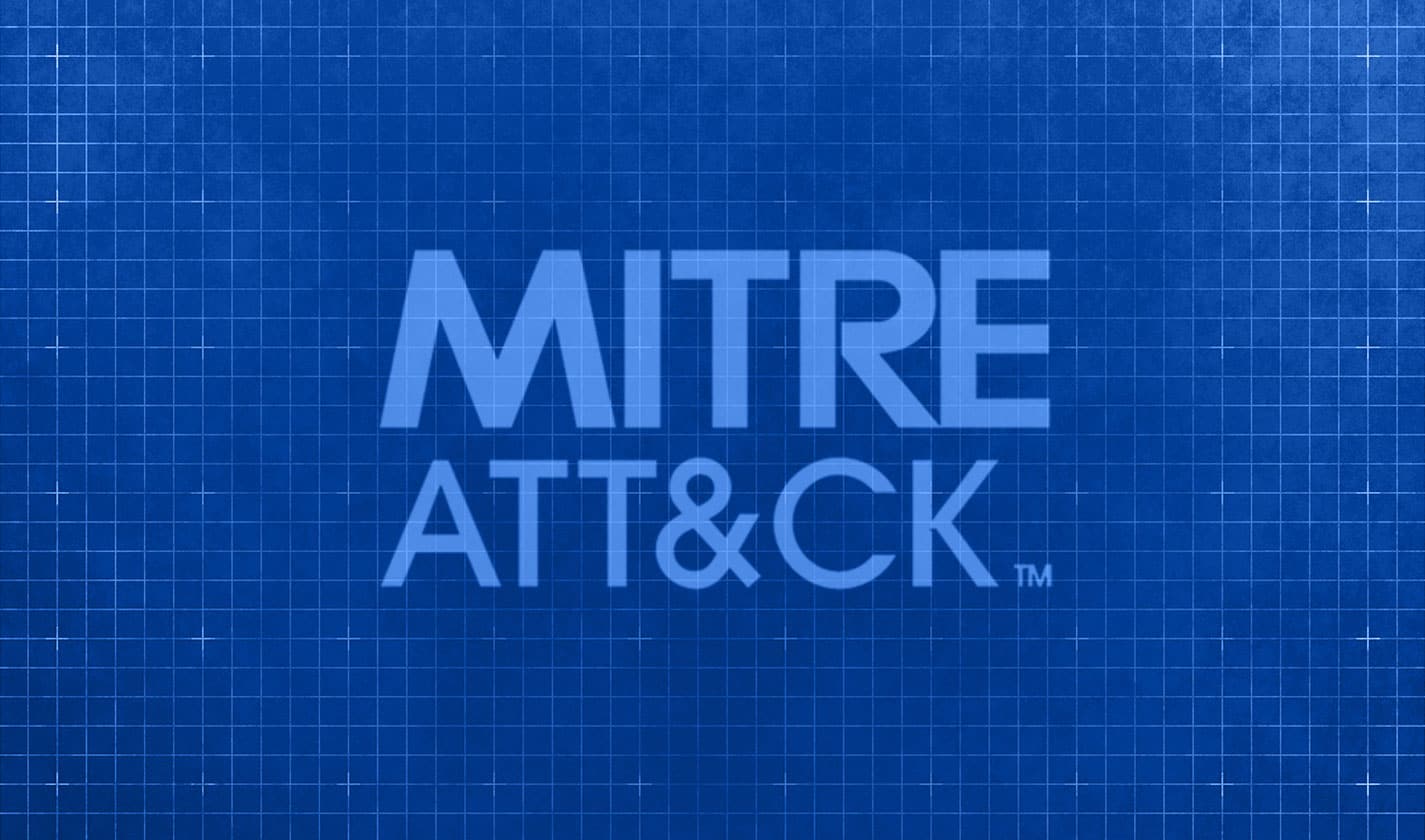Let’s face it – small to medium enterprises (SMEs) with limited security resources can’t get access to all the security tools they need to keep their orgs safe without completely breaking the bank.
They end up having to add new security solutions in a piecemeal fashion and then struggle to operate a collection of disparate, sophisticated technologies.
The result? Security stacks that not only have protection gaps, they also have overlaps in others. If you feel this frustration, you’re not alone.
The bottom line is that building a comprehensive, cohesive, effective security tech stack is extremely difficult, especially when operating with a limited budget and resources.
And the looming economic uncertainty has everyone tightening their belts. It was already hard enough for small security teams at SMEs to keep their orgs safe. With the threat of more budget cuts, how in the world can they effectively implement and operate the required security tech stack to protect against impending threats?
One solution: consolidation.
Here are five reasons you should consider consolidating your tech as you strive to find an effective, sustainable security stack that also keeps costs in check.
Be better prepared for economic uncertainty
As we approach the end of 2022, multiple economic indicators point to a slowing economy. Whether it’s news of layoffs in tech and startups, a cooling residential real estate market, or soaring interest rates as central banks attempt to curb inflation – there are plenty of reasons to start preparing. It’s not a question of “if” things will get worse but “how bad is it going to be?”
Economic uncertainty presents challenges to all businesses but may have outsized impact on smaller orgs. We don’t know whether slowing markets will impact security spending. A recent survey by McKinsey & Company found that 85% of small and midsize businesses plan to increase their security spending heading into 2023, while Gartner recently projected that 2022 IT spending will grow by 3%, down from a 10% growth rate the year before.
One thing that is clear, however: even as the economy slows down, security threats don’t.
Smaller orgs that may not have the same cash reserves as their larger counterparts can withstand economic uncertainty by optimizing their security stacks to be cost-effective while still addressing today’s sophisticated threats. Replacing multiple vendors and platforms with a consolidated solution that offers the same (or better) capabilities not only reduces direct vendor costs, but also reduces ongoing vendor management and solution maintenance costs.
Improve your security posture
A recent Gartner survey found that 75% of organizations are pursuing security vendor consolidation in 2022, up from 29% in 2020.
But not necessarily for the reason you’d expect – 65% of orgs consolidate to improve risk posture. According to Gartner, “Cybersecurity leaders and their teams are frustrated with the operational inefficiencies and the lack of integration of a heterogenous security stack.” Frustrated is probably an understatement here.
The key to protection is not more solutions. It’s better solutions that can provide an expanded set of protections on a fully integrated platform.
Reduce complexity
Products that natively bring security controls together within a single platform enable tighter, more efficient control over operations unlike buying multiple tools that are cobbled together and operated separately.
Consolidation also provides the benefit of streamlining your vendor management, which is helpful if you need to chase down a software issue or it’s time for contract renewals.
A natively integrated solution not only saves the time and cost of integration, but also ensures data fidelity. Simplified operations and management also result in better decision-making and faster time-to-remediation.
The benefits don’t stop there. Having broad coverage of areas and capabilities makes it easier to deliver impactful executive reports and communicate to the C-suite and board the progress, impact, and value of your cybersecurity program.
Offset staffing shortages
While large orgs are fully staffed to operate a broad portfolio of security tools, smaller teams have to take a “lean and mean” approach.
But that doesn’t need to come at the cost of security.
Partnering with vendors that enable efficient, streamlined operations while addressing advanced threats means that even lean and mean security teams can implement effective protection for their orgs.
Not only does this save the time and cost of integration, but it also reduces the need to find people with specialized skills to manage multiple, overly complex tools.
Leaner-and-meaner operations also means that information flows better and faster within the org, and a natively integrated solution also ensures data fidelity.
Optimize your security spend
An obvious result of vendor consolidation is helping to control costs, and orgs are already realizing this benefit.
A July 2022 survey by ESG found that smaller organizations purchase from fewer vendors: 82% of orgs with fewer than 500 employees buy products from 10 or fewer security vendors, while 50% of organizations with 500-999 employees do the same.
Tools that offer integrated security controls can deliver more capabilities without adding more vendors – optimizing overall spending.
As a bonus, you’ll reduce your maintenance and overhead as you spend less time updating multiple products and dealing with separate procurement processes.
Shameless plug for XDR
A native extended detection and response (XDR) platform is a simplified and cost-effective product that allows you to create meaningful efficiencies and improve return on investment. And an integrated, fully functioning security toolset also improves protection capabilities.
A rapidly growing number of SME customers have already seen the value of XDR as a core part of their security operations.
But not all XDRs are created equally.
When evaluating vendors and providers, it’s important to assess whether they address your unique needs and challenges.
Enter Cynet.
Cynet 360 AutoXDR™ was designed with small to medium sized businesses in mind. This isn’t the case for every XDR platform – in fact, it’s very rare.
Here are a few notable points to give you a sense of the value XDRs can bring to the table.
Cost savings
When you consolidate multiple security controls at a much lower cost than the traditional, multi-product technology stack, the result is:
- Lower costs over time, despite initial switching costs
- Reduced integration time and cost
- Increased efficiency through extensive automation and single pane of glass management
- Unified management within a single platform, reducing reaction time and increasing visibility and transparency
Improved protection
You get superior threat protection (don’t just take our word for it), including:
- Expanded visibility across your environment
- Better and faster signal correlation
- Improved detection and remediation accuracy
- Reduced manual analysis and tracking
- Automated response actions, including incident investigation and remediation across your environment
- Automated platform updates
Greater overall value
Our platform enables multiple capabilities, including next-gen AV, EDR, deception, user behavior analytics, and NDR. You can realize even more value through:
- Additional capabilities like centralized log management (CLM) and SaaS Security
Posture Management (SSPM) and Cloud Security Posture Management (CSPM) - Access to our team. This effectively bolsters your own security expertise, putting you in a better position when addressing today’s sophisticated threats.
But enough about Cynet. There’s no shortage of tech options – the key is to understand what will best support your strategy.
Curious about our XDR platform?
Check out our platform overview!

